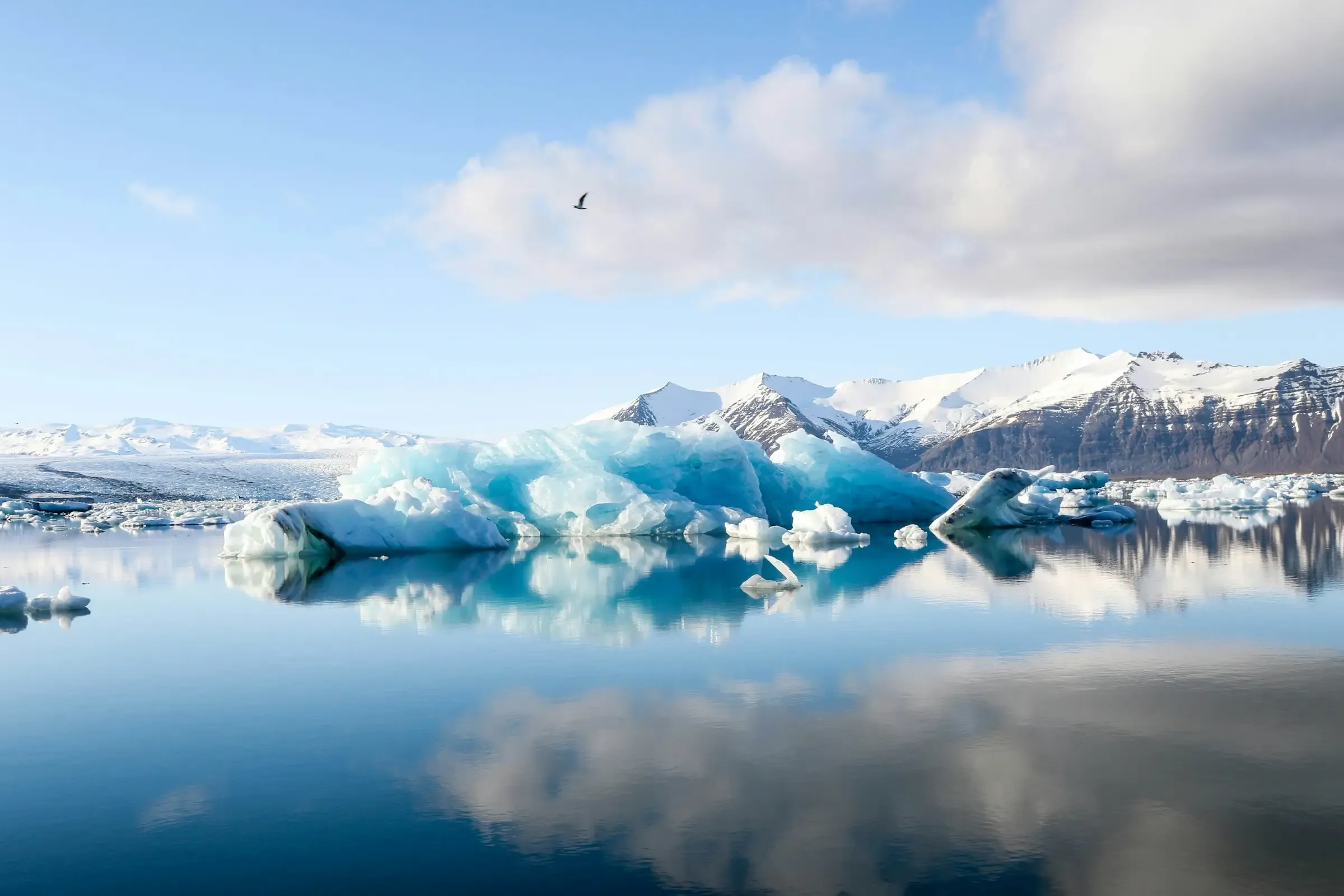The routes of the Power of Siberia pipelines, including planned ones; for Power of Siberia 2, two project options are presented - a direct one to China and one through Mongolia. Source: Wikimedia Commons
On May 9, the Kazakhstani President Kassym-Zhomart Tokayev is expected to visit Moscow in occasion of the 80th anniversary of the victory on the WWII.
The visit marks a landmark moment in the relationships between Russia and Kazakhstan, at a time when the latter walks on a thin ice, trying both to keep good relations with Moscow and avoid conflicts with the West on the Ukrainian issue. But, at the same time, it is also an opportunity to celebrate one of the most important pages of their shared history. The contribution of Kazakhstan, then a Soviet Republic, to the defeat of Nazi-Fascism can hardly been underestimated: the Panfilov Division, made mostly of soldiers from Kazakhstan and Kyrgyzstan, played a key role in the battle to defend Moscow, and Bauyrzhan Momyshuly became one of the most celebrated war heroes in the Great Patriotic War, thanks also to Aleksandr Bek’s Volokolamsk Highway.
The visit will also be an opportunity to discuss common projects held by Kazakhstan and Russia, including those in the Arctic region. During the recent months, after all, we have witnessed to a growing interest by Kazakhstan towards the Russian Arctic, especially in the transport and logistics sectors. On a previous article, we analysed the perspectives of Kazakhstan’s usage of the Ob-Irtysh Basin as a pathway towards the Arctic Ocean. Likewise, in August 2024, the Kazakhstani Minister of Transport Marat Karabayev showed some interest in the usage of the Port of Murmansk as an alternative to those of Novorossiysk and St. Petersburg. As a de facto landlocked country (the Caspian Sea is a closed basin), the Golden Eagle has to rely on third countries to get access to the world markets, and Russia is the main choice as such. This interest is not without setbacks: KAZ Minerals, for instance, had to disinvest from a profitable gold and copper project in Chukotka due to the fear of sanctions. But the general trend is towards an increasing interest on the potentials of the Russian Arctic by Kazakhstan.
The last months have confirmed the trend towards an increase in the logistic cooperation between the two countries with regards to the creation of new communication routes which would allow the Golden Eagle to reach out to the world markets through the Russian Arctic. During the 6th International Arctic Forum, held in Murmansk in March, President Putin has underlined the role of the Northern Sea Route, setting a target of 70-100 million tonnes per year by 2030 thanks to the construction of new icebreakers and the upgrade of ports and railway lines. At the same time, on the Lake Zaysan, Kazakhstan is developing the port of Tugyl. The port, which will be directly connected to the Northern Sea Route through the Ob-Irtysh Basin, will be able to handle up to 2 million tonnes of goods in the first stage, with a potential increase up to 10 ones. From there onwards, goods can be transported via river barges up to the Port of Sabetta, on the mouth of the Ob River, and then shipped to the rest of the world via sea.
As we mentioned on a previous article, the Ob-Irtysh Way is not a new transportation artery, but its development would de facto imply the restoration of some transportation routes used during the Soviet times.
Kazakhstan is currently aiming to become a main logistics hub of Eurasia thanks also to the development of its Arctic connection. The development of the North-South Corridor from Russia to India through Iran, which can be potentially extended to Murmansk, is part of this strategy, as well as the creation of a Trans-Afghan Transport Corridor, which will link Kazakhstan with the Pakistani port of Karachi through Uzbekistan and Afghanistan.
Last but not least, there is the new logistical hub in Selyatino, near Moscow, which will be owned by a consortium between the Russian, Chinese and Kazakhstani railway companies and whose construction is [expected to start](Старт в 2025: в Селятино возведут новый логистический терминал при поддержке России, Казахстана и Китая) this year.
But Kazakhstan’s interest for the Arctic is not limited to transportation routes. During President Putin’s last visit to Astana in November 2024, a main discussion topic has been the Altai Gas Pipeline, which will connect the Yamal Gas Fields in the Yamalo-Nenets Autonomous Okrug with Western China. After the signature of the 30-year gas deal which led to the construction of the first Power of Siberia pipeline, whose setup was steady, delivering natural gas to China since 2019, a second pipeline, the Altai Gas Pipeline also known as Power of Siberia 2, has been proposed for the first time in 2014 to meet a potential increase in Beijing’s gas demand; but it is currently at the planning stage and the definitive route has not been approved yet. The most direct way passes through the Altai Republic, where Russia borders directly with Western China; but this region, declared a World Heritage Site by the UNESCO, is home to some endangered species such as the snow leopard. An alternative route through Mongolia has been considered, and Ulaanbaatar signed a memorandum of understanding with Moscow in 2019 for the construction of the pipeline; but, due to delays on the Chinese side, Mongolia did not include the project in its updated national energy strategy until 2028.
Just before the visit, nevertheless, Kazakhstan’s Minister of Energy Almasadam Satgaliev stated his readiness to allow the passage of the pipeline through its East Kazakhstan oblast. The eventual construction of the Altai Gas Pipeline through the Golden Eagle’s land will bring tangible benefits to both Kazakhstan and Russia. If carried out, a deal with Kazakhstan would also benefit the country with around 10 billion cubic metres of natural gas per year (out of an overall planned capacity of 35). For Russia, on the other hand, the construction of the Altai Pipeline would have a great strategic relevance, because it would imply the possibility to refurbish China from the same gas deposits currently used to supply Europe and Turkey. This would allow Moscow not only to protect itself from geopolitical turbulences, but also to choose among a wider range of customers, especially in a contest where the Asian markets are growing much faster than the stagnating European ones.
At the moment, nevertheless, there are no progresses on the Altai Pipeline issue. On April 15, the Chinese Ambassador to Russia Zhang Hanhui stated that the new pipeline will not pass through Kazakhstan. It is not impossible that the Kazakhstani route will be recovered in the future, as it happened in the past for other projects even in the contest of main international crises: the case of the Turkish Stream, which was cancelled after the downing of a Russian military jet on the Syrian airspace in November 2015 and successfully completed after Russia and Turkey mended their relationship, is a good case in point. Still, these words project a shadow over the future of the Altai Pipeline, also known as Power of Siberia 2, which has already been subject to several delays: the Chinese Ambassador also stated that it would be more convenient to transport natural gas via Mongolia or LNG than through Kazakhstan. And, since the Golden Eagle has an interest in the construction of the Altai Pipeline through its land, which would also supply natural gas to its Eastern provinces, we cannot exclude the possibility that this will be fulfilled by the internal production or by a smaller pipeline which does not go to China.
What is the future of Kazakhstan’s role in the Russian Arctic? Much depends on the future of the relations between the Kremlin and the Akorda. At the moment, they can be defined as “friendly”, “productive” and “stable”, and it is unlikely that they will withstand anything more than some occasional diplomatic row. Russia and Kazakhstan have still many joint projects, and Rosatom is the main candidate to the construction of the new Kazakhstani power plants, as also shown by the fact that Tokayev mentioned it first among a number of possible partners on a recent interview.
But still, Kazakhstan’s willingness to keep good relations with the Western partners in a contest where they fight a proxy conflict with Russia has already created some issues, as shown by the aforementioned KAZ Mineral case. Moreover, there are some signals of tensions which are officially independent on any issue concerning the tensions between Russia and the “Collective West”: Kazakhstan has been the only Central Asian country to have banned the Immortal Regiment.
The 9th May, at this point, becomes not only an opportunity to celebrate a pivotal moment in their shared past and to discuss upcoming projects, but also a mirror of some quarrels. It would be wrong to interpret everything as a sign of rising tensions or as the start of a historical revisionism akin to the one we assisted to in countries like Ukraine or the Baltic Republics, where former Nazi collaborators are now hailed as national heroes; but, at the same time, it would also be wrong to ignore these signs.
AUTHOR


